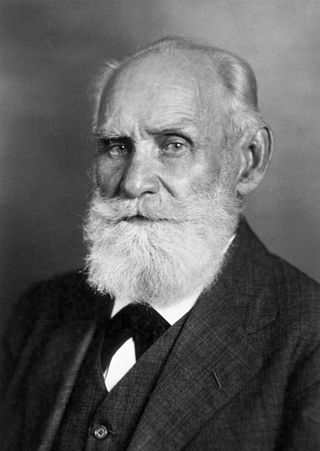
Ivan Petrovich Pavlov, was a Russian and Soviet experimental neurologist, psychologist and physiologist known for his discovery of classical conditioning through his experiments with dogs.

Max Ludwig Henning Delbrück was a German–American biophysicist who participated in launching the molecular biology research program in the late 1930s. He stimulated physical scientists' interest into biology, especially as to basic research to physically explain genes, mysterious at the time. Formed in 1945 and led by Delbrück along with Salvador Luria and Alfred Hershey, the Phage Group made substantial headway unraveling important aspects of genetics. The three shared the 1969 Nobel Prize in Physiology or Medicine "for their discoveries concerning the replication mechanism and the genetic structure of viruses". He was the first physicist to predict what is now called Delbrück scattering.
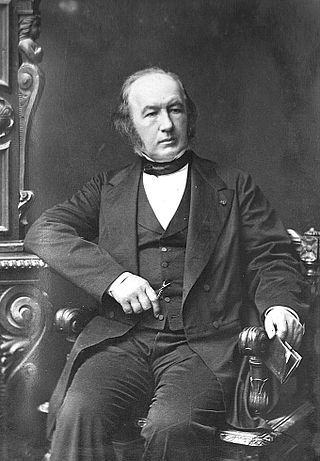
Claude Bernard was a French physiologist. Historian I. Bernard Cohen of Harvard University called Bernard "one of the greatest of all men of science". He originated the term milieu intérieur, and the associated concept of homeostasis.
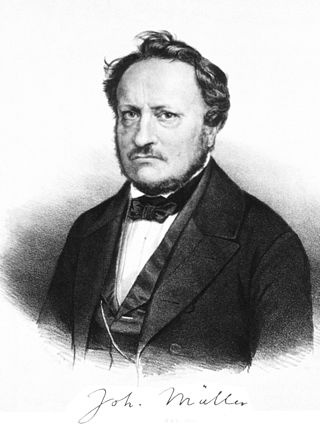
Johannes Peter Müller was a German physiologist, comparative anatomist, ichthyologist, and herpetologist, known not only for his discoveries but also for his ability to synthesize knowledge. The paramesonephric duct was named in his honor.

Étienne-Jules Marey was a French scientist, physiologist and chronophotographer.

Underwater habitats are underwater structures in which people can live for extended periods and carry out most of the basic human functions of a 24-hour day, such as working, resting, eating, attending to personal hygiene, and sleeping. In this context, 'habitat' is generally used in a narrow sense to mean the interior and immediate exterior of the structure and its fixtures, but not its surrounding marine environment. Most early underwater habitats lacked regenerative systems for air, water, food, electricity, and other resources. However, some underwater habitats allow for these resources to be delivered using pipes, or generated within the habitat, rather than manually delivered.

Science in Action: How to Follow Scientists and Engineers Through Society (ISBN 0-674-79291-2) is a seminal book by French philosopher, anthropologist and sociologist Bruno Latour first published in 1987. It is written in a textbook style, proposes an approach to the empirical study of science and technology, and is considered a canonical application of actor-network theory. It also entertains ontological conceptions and theoretical discussions making it a research monograph and not a methodological handbook per se.
The Virtual Physiological Human (VPH) is a European initiative that focuses on a methodological and technological framework that, once established, will enable collaborative investigation of the human body as a single complex system. The collective framework will make it possible to share resources and observations formed by institutions and organizations, creating disparate but integrated computer models of the mechanical, physical and biochemical functions of a living human body.

Franciscus (Franz) Cornelius Donders FRS FRSE was a Dutch ophthalmologist. During his career, he was a professor of physiology in Utrecht, and was internationally regarded as an authority on eye diseases, directing the Netherlands Hospital for Eye Patients. Along with Graefe and Helmholtz, he was one of the primary founders of scientific ophthalmology.

Doctor Ivan Mikhaylovich Sechenov, was a Russian psychologist, physiologist, and medical scientist.
The Ahlul Bayt Digital Library Project, established in 1996, is a non-profit Islamic organization that features work from a group of volunteers operating throughout the world. It operates the website Al-Islam.org – whose primary objective is to digitize and present quality resources related to the history, law, and society of the Islamic religion and its personalities – with particular emphasis on the Twelver Shi'ah Islamic school of thought. Al-Islam.org is a site that also serves as a means of introducing Islam to non-Muslims.

The following outline is provided as a topical overview of science; the discipline of science is defined as both the systematic effort of acquiring knowledge through observation, experimentation and reasoning, and the body of knowledge thus acquired, the word "science" derives from the Latin word scientia meaning knowledge. A practitioner of science is called a "scientist". Modern science respects objective logical reasoning, and follows a set of core procedures or rules to determine the nature and underlying natural laws of all things, with a scope encompassing the entire universe. These procedures, or rules, are known as the scientific method.

Max Richard Constantin Verworn was a German physiologist who was a native of Berlin.
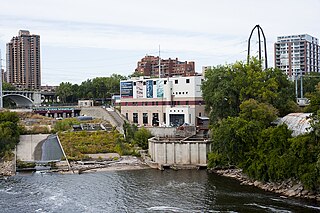
The Saint Anthony Falls Laboratory, or SAFL, is a research laboratory situated on Hennepin Island in the Mississippi River in Minneapolis, Minnesota, United States. Its primary research is in "Engineering, Environmental, Biological, and Geophysical Fluid Mechanics". It is affiliated with the University of Minnesota's College of Science and Engineering. Research is conducted by graduate students and faculty alike using the 16,000 square feet of research space and 24 different specialized facilities.
Frank W. Stahnisch is a historian of medicine and neuroscience at the University of Calgary in Canada, where he holds the endowed Alberta Medical Foundation/Hannah Professorship in the History of Medicine and Health Care. He is jointly appointed in the Department of History, Faculty of Arts, and the Department of Community Health Sciences, Cumming School of Medicine, and is a member of the Calgary Hotchkiss Brain Institute and the O'Brien Institute for Public Health. He has also received an adjunct professorship in the Department of Classics and Religion of the Faculty of Arts. His research interests in the history and philosophy of the biomedical sciences cover: the development of modern physiology and experimental medicine, the history of neuroscience and the history of psychiatry, as well as the development of modern medical visualization practices. Since 2015, he has succeeded Professor Malcolm Macmillan as an Editor-in-Chief of the international "Journal of the History of the Neurosciences".
ELIPS - European Programme for Life and Physical Sciences in Space and applications utilising the International Space Station started in 2001 and was intended to cover the activities for the following 5 years. This Microgravity Programme at the European Space Agency (ESA) is an optional programme, with currently 17 ESA member states participating. The ELIPS programme prepares and performs research on the International Space Station, and other unmanned mission platforms like Sounding Rockets, in fundamental and applied life and physical sciences. ELIPS is the continuation of the earlier European microgravity programmes EMIR 1&2, and the Microgravity Facilities for Columbus, MFC.

The École pratique des hautes études, abbreviated EPHE, is a Grand Établissement in Paris, France. It is highly selective, and counted among France's most prestigious research and higher education institutions. It is a constituent college of the elite Université PSL. Its degrees in religious studies and in history count among the best in the world. Closely linked to École française d'Extrême-Orient and Institut français du Proche-Orient, EPHE has formed continuously world-class experts in Asian and Islamic studies and among them investment bankers, diplomat and military officers specialized in these areas.
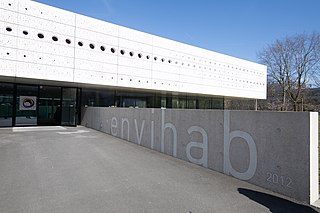
Envihab is a medical research facility of the Institute of Aerospace Medicine of the German Aerospace Center (DLR) where the effects of diverse environmental conditions on humans are being analyzed and explored as well as possible countermeasures are being developed. The name Envihab is a combination of the words “environment” and “habitat”. The concept of Envihab is to deal with complex problems of a life support system and the interaction between humans and the environment from a medical, biological and psychological point of view. Major focus will be put on research topics that deal with providing for health and performance of humans. The modular house-in-house concept makes it possible to use the different units and the technical equipment without leaving the building. 12 test persons can permanently be exposed to equal and controlled environmental conditions. Total floor space of :envihab is approx. 3.500 square meters.
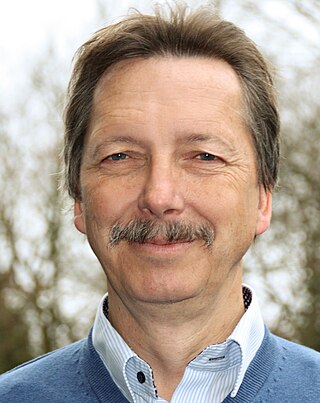
Thomas K. Henning is a German astrophysicist. Since 2001, he is a director at the Max Planck Institute for Astronomy. Henning is an expert in the field of star and planet formation.
Hans-Jörg Rheinberger is an historian of science who comes from Liechtenstein. He was director of the Max Planck Institute for the History of Science in Berlin from 1997 to 2014. His focus areas within the history of science are the history and epistemology of the experiment, and further the history of molecular biology and protein biosynthesis. Additionally he writes and publicizes essays and poems.